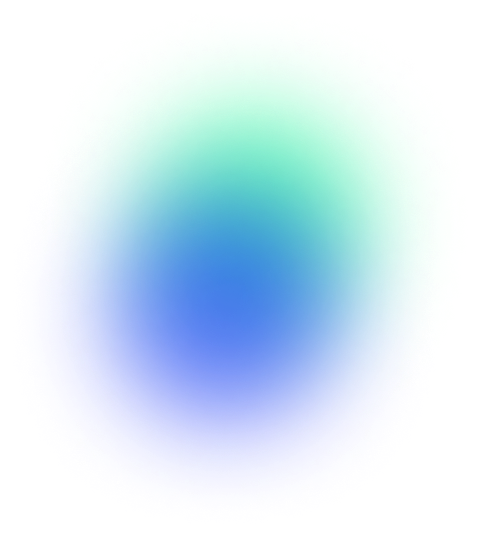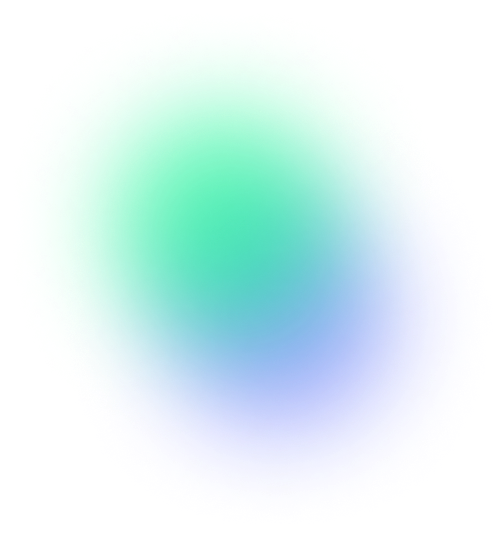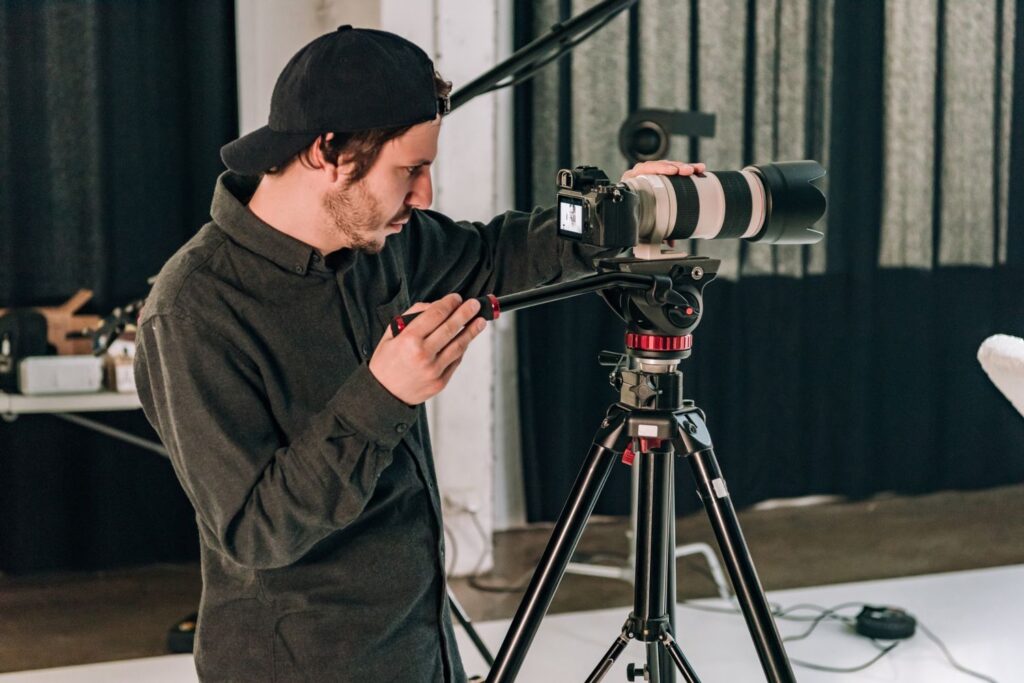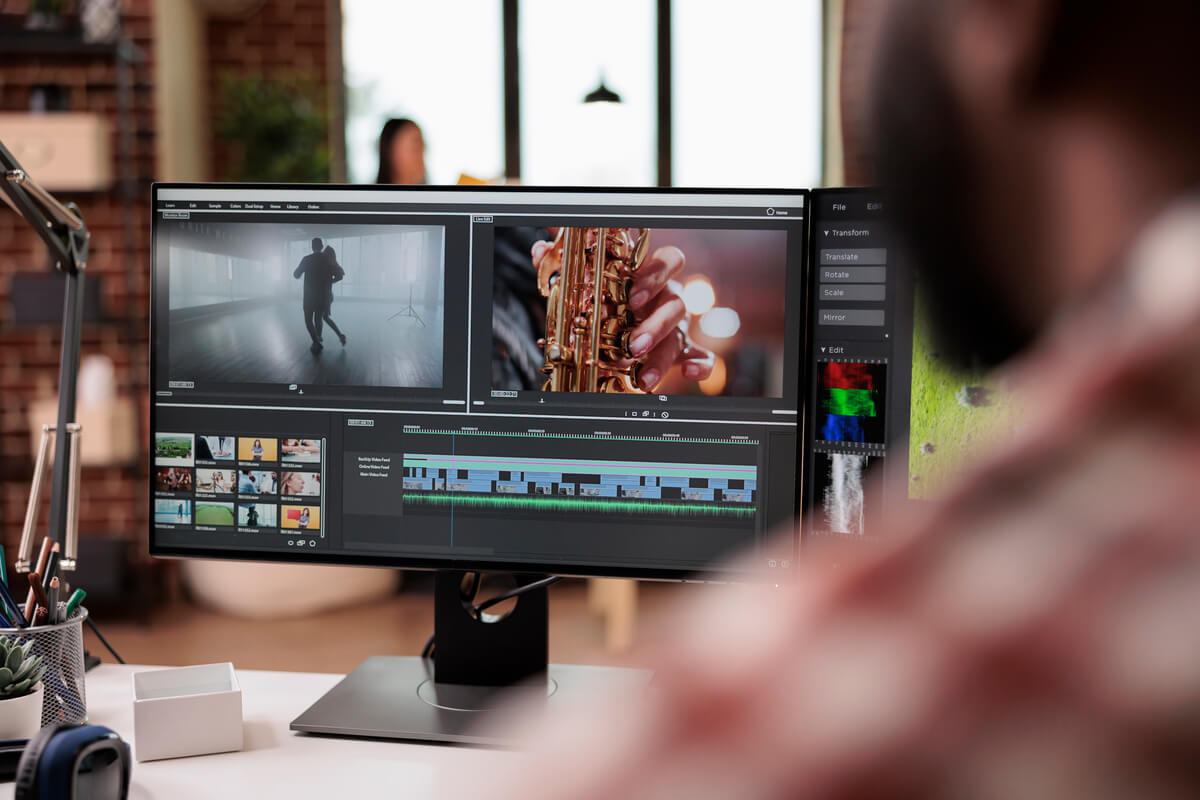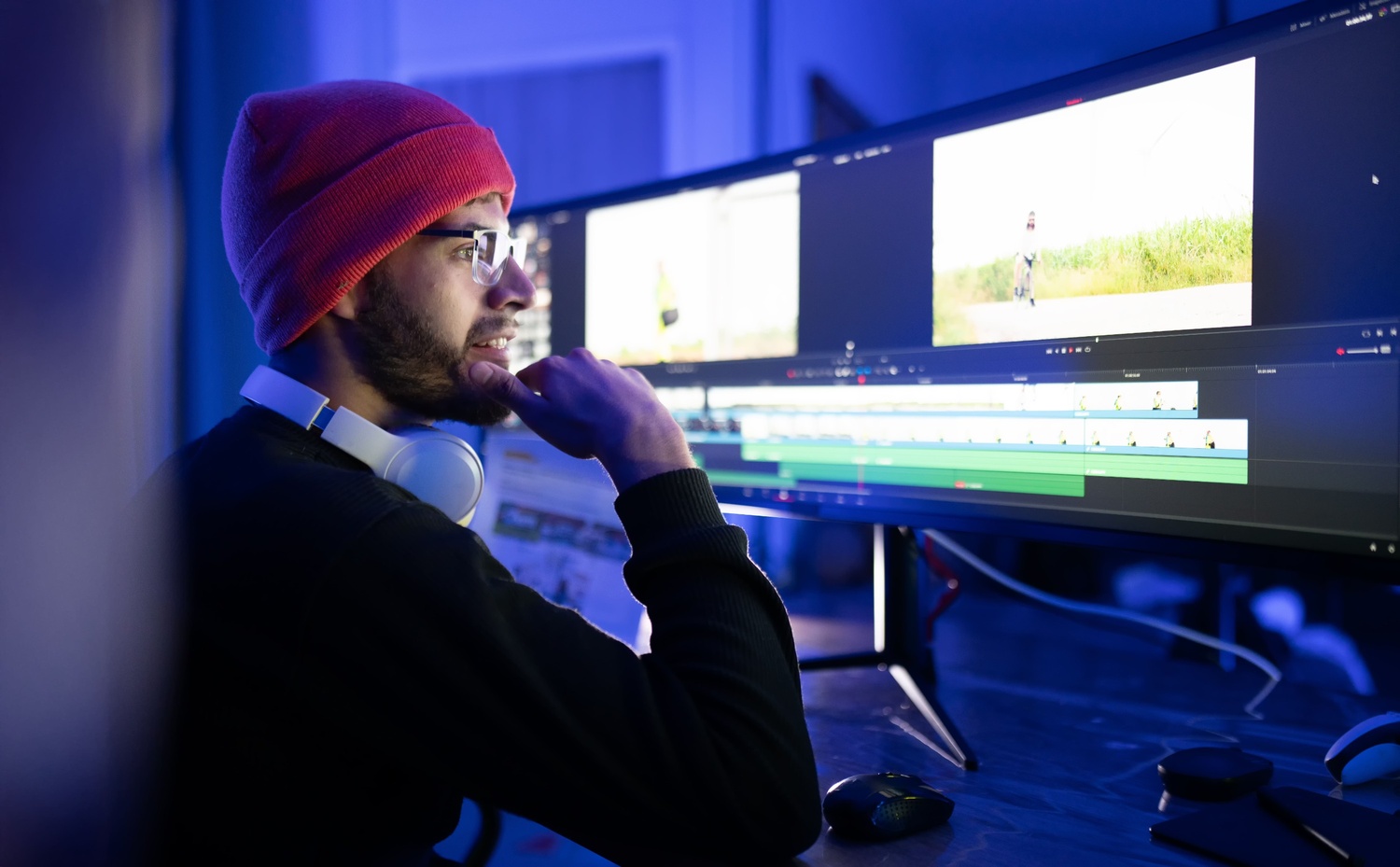Every successful product begins with a well-defined production process. Whether you’re creating physical goods or digital services, understanding each phase of production can help you streamline operations, improve quality, and ensure timely delivery. In this blog, we’ll explore the key stages of the production process, providing insights into how businesses can optimize each step to create high-quality products efficiently.
1. Planning and Conceptualization
The first step in any production process is planning and conceptualization. This phase involves defining the product’s purpose, features, target audience, and overall vision. At this stage, the goal is to outline clear objectives and determine the resources required for production.
- Market Research: Understand customer needs and analyze competitor products to ensure your product meets market demand.
- Feasibility Study: Assess whether the product can be made within budget, time constraints, and available resources.
- Prototype Design: Develop initial concepts or prototypes to test ideas and visualize the product.
Effective planning ensures that you have a solid foundation and a clear roadmap to guide the entire production process.
2. Design and Development
Once the planning phase is complete, the next step is to move into the design and development phase. This is where ideas begin to take form. Designers and engineers collaborate to create detailed blueprints, technical specifications, and prototypes.
- Product Design: Whether it’s a physical product or software, the design must align with the planned vision, ensuring that it is functional, user-friendly, and aesthetically pleasing.
- Material Selection: For physical products, choosing the right materials is crucial to ensure durability, cost-effectiveness, and quality.
- Development Process: In this stage, the actual creation of the product begins, whether that’s constructing physical items or coding software solutions.
The design and development phase is where creativity meets technical expertise to transform abstract ideas into tangible outcomes.
3. Prototyping and Testing
Before committing to full-scale production, it’s essential to create prototypes and conduct tests. Prototypes allow for real-world evaluation of the product’s functionality, design, and usability.
- Prototype Creation: Develop a working version of the product to test its features and ensure they meet the design specifications.
- Testing and Feedback: Collect feedback from users or internal teams to identify issues or areas of improvement.
- Iteration: Refine the prototype based on feedback to optimize performance, aesthetics, and usability.
Prototyping and testing reduce the risk of costly mistakes during the mass production phase and ensure that the product meets expectations.
4. Production and Manufacturing
Once the product design and prototype have been finalized, it’s time to move into full-scale production. This stage involves creating the product in large quantities while maintaining consistency and quality.
- Assembly Line Setup: Organize the production line or workflow to efficiently produce the product, including tasks such as material sourcing, assembly, and quality control.
- Quality Control: Implement robust quality control measures to ensure that every unit produced meets the set standards. This includes visual inspections, functional testing, and measurements.
- Batch Production: Depending on the product type, batch production may be used to manufacture the product in specific quantities, ensuring that the manufacturing process is scalable and manageable.
At this stage, efficiency and precision are key to maintaining product quality while meeting demand.
5. Packaging and Distribution
Once the product is manufactured, it needs to be properly packaged and prepared for distribution. Packaging is essential not only for protecting the product but also for creating a positive customer experience.
- Packaging Design: Develop packaging that protects the product and provides a visually appealing presentation that aligns with your brand.
- Logistics: Coordinate the transportation of the product from the manufacturing facility to warehouses, retail stores, or directly to customers.
- Inventory Management: Ensure that there’s enough stock to meet demand without overproduction, which can lead to excess inventory and increased storage costs.
Effective packaging and distribution strategies help you ensure that products reach customers on time and in good condition.
6. Post-Production Support and Feedback
The production process doesn’t end once the product is shipped out. Post-production support and feedback are essential to improving future iterations of the product and maintaining customer satisfaction.
- Customer Feedback: Collect feedback from customers on product performance, design, and usability.
- Troubleshooting and Support: Provide after-sales support to address any issues customers may face, whether that’s through repairs, replacements, or assistance.
- Continuous Improvement: Use the insights gained from customer feedback to make improvements to the product in future production cycles.
Post-production support helps maintain a loyal customer base and drives continuous product improvement.
7. Sustainability and Efficiency in Production
In today’s world, sustainability is an important consideration throughout the production process. Reducing waste, using eco-friendly materials, and optimizing energy consumption are all vital to creating products that are both environmentally responsible and cost-effective.
- Sustainable Materials: Choose materials that have less environmental impact, such as recyclable or biodegradable materials.
- Energy-Efficient Processes: Implement energy-saving measures in the production process to reduce your carbon footprint.
- Waste Reduction: Minimize waste by using lean manufacturing techniques, recycling materials, and reusing excess production.
By incorporating sustainability into the production process, businesses can not only reduce their environmental impact but also appeal to environmentally conscious consumers.
“Maecenas iaculis pharetra nunc sit amet malesuada. Nulla facilisi. Fusce molestie at libero at ultricies. Suspendisse iaculis orci quam, at iaculis nisl dapibus eget.”
Darrel Wilson
Conclusion
The production process is a complex, multi-phase journey that involves careful planning, design, development, testing, manufacturing, and distribution. By understanding each phase and optimizing your approach, you can create high-quality products efficiently, deliver on customer expectations, and stay competitive in a fast-evolving market. Whether you’re producing physical goods or digital services, a well-structured production process is essential for success.

